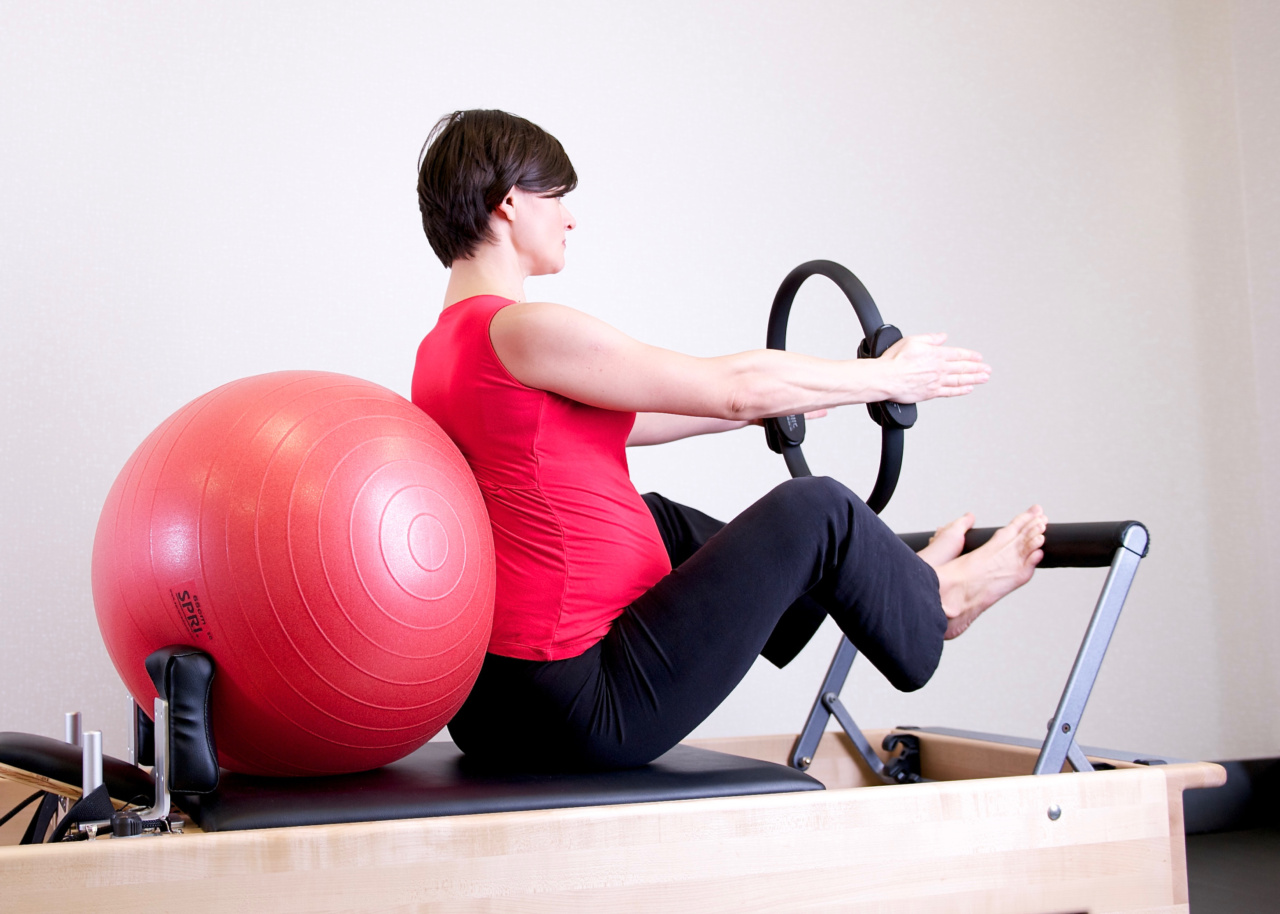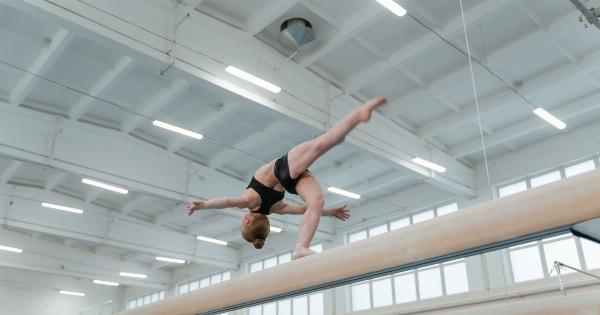Gymnastics is a fun and beneficial activity that many people enjoy.
However, when a woman is pregnant, it’s natural to wonder if it’s safe to continue with any physical activity, let alone one that involves a lot of jumping, flipping, and other movements that could be dangerous for both mother and baby. In this article, we’ll take a closer look at gymnastics for pregnant women and whether it’s safe for them to participate.
General Guidelines for Exercise During Pregnancy
Before we dive into the safety of gymnastics during pregnancy, let’s first establish some general guidelines for exercise during pregnancy.
The American College of Obstetricians and Gynecologists (ACOG) recommends that pregnant women get at least 150 minutes of moderate-intensity aerobic exercise each week. This can include activities like walking, swimming, cycling, or low-impact aerobics.
It’s also important to note that not all pregnant women are the same, and some may need to alter their exercise routines based on their individual circumstances.
For example, women with high-risk pregnancies or certain medical conditions may need to limit or avoid certain types of exercise altogether. It’s important to consult with a healthcare provider before starting or continuing any exercise routine during pregnancy.
Gymnastics During the First Trimester
During the first trimester of pregnancy, the risk of miscarriage is higher, so it’s natural for women to be more cautious about physical activity.
However, for low-risk pregnancies, moderate exercise is generally considered safe and even beneficial. This includes gymnastics, as long as it’s done carefully and under the guidance of a qualified instructor.
It’s important to avoid any activities or movements that could cause trauma to the abdomen, such as high-impact landings or falls. Additionally, pregnant women should listen to their bodies and scale back the intensity of their workouts as needed.
If feeling lightheaded, dizzy, or short of breath, it’s important to stop exercising and rest.
Gymnastics During the Second Trimester
The second trimester is typically when many women feel their best during pregnancy, with any early symptoms like morning sickness subsiding. However, as the baby grows, pregnant women need to be more conscious of the types of exercise they engage in.
For gymnastics, this means avoiding any maneuvers that could cause pressure on the abdomen or harm the baby. This can include moves that require a lot of twisting or sudden movements, as well as activities that involve bouncing or jolting.
Additionally, positional presses on the abdomen or prolonged full-body inversions, such as handstands, are not recommended during pregnancy.
Gymnastics During the Third Trimester
The third trimester is when the baby is at its largest and the body is preparing for delivery. At this stage of pregnancy, many women experience fatigue, joint pain, and other discomforts.
As a result, it’s important to listen to the body and modify or reduce exercise as needed.
For gymnastics, this may mean reducing the intensity of workouts, avoiding high-impact activities, and focusing on low-impact movements like stretching and flexibility work.
It’s also important to stay hydrated, avoid overheating, and avoid activities that require a lot of bouncing or jolting. Women who experience any contractions, bleeding, or other concerning symptoms should immediately stop exercising and consult with a healthcare provider.
The Benefits of Exercise During Pregnancy
While gymnastics during pregnancy requires special care and attention, the benefits of exercise in general during pregnancy are numerous.
Exercise can help pregnant women maintain a healthy weight, reduce the risk of gestational diabetes, improve sleep, reduce stress and anxiety, and even reduce the risk of complications during childbirth.
Additionally, exercise can be a great way to stay connected with the body and prepare for the physical challenges of childbirth.
Many women also find that exercise during pregnancy helps to boost their mood and energy levels, as well as improve their overall sense of well-being.
Conclusion
Overall, gymnastics can be a safe and beneficial activity for pregnant women as long as it’s done with the proper care and precautions.
Women should always consult with a healthcare provider before starting or continuing any exercise routine during pregnancy and should always listen to their bodies and adjust their workout accordingly. By doing so, pregnant women can enjoy the many benefits of exercise while also ensuring the safety of themselves and their developing babies.































